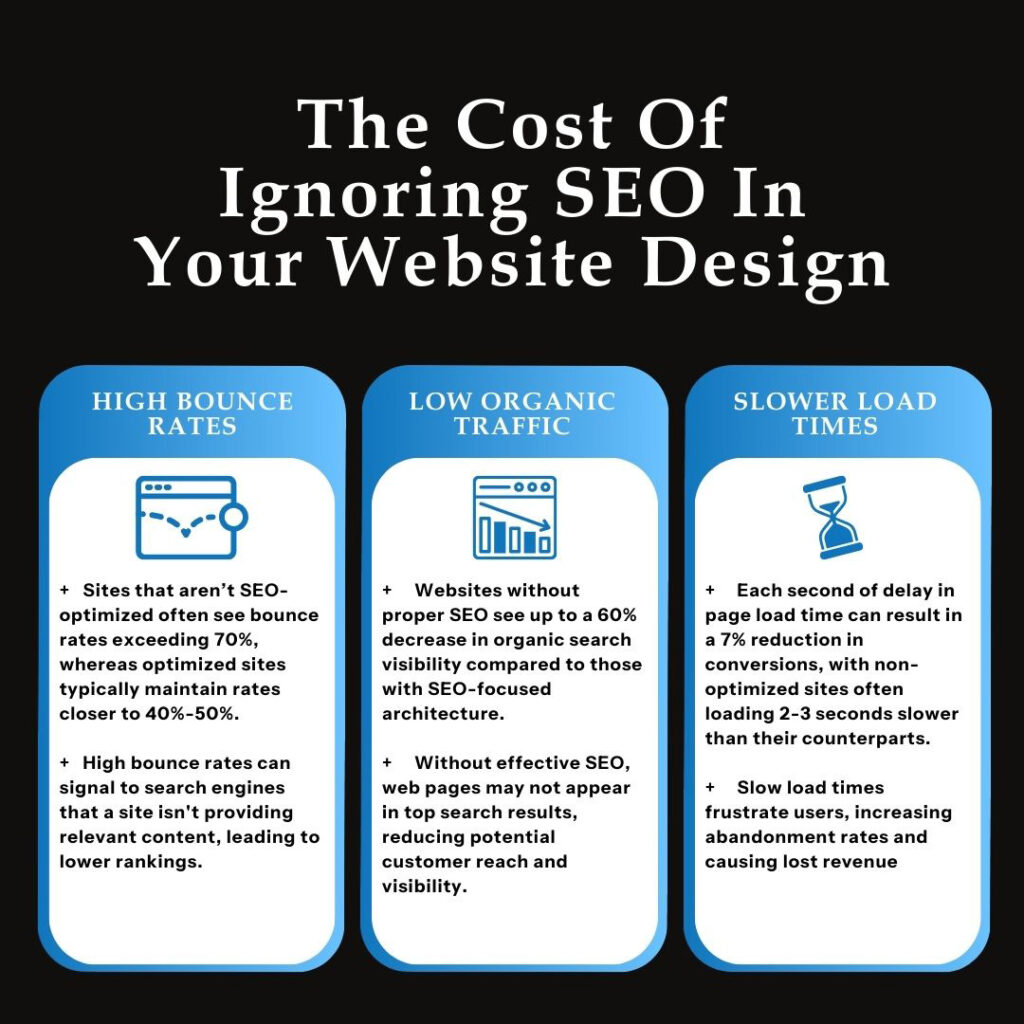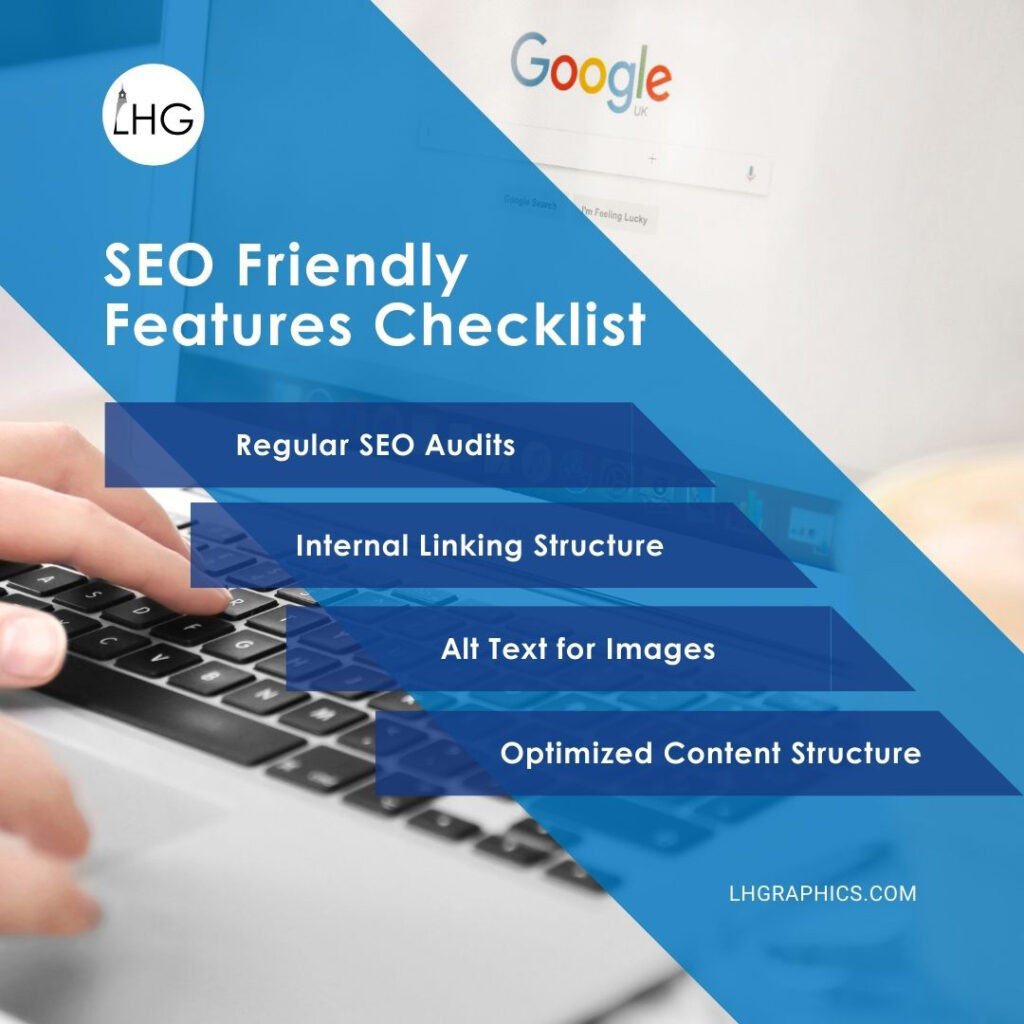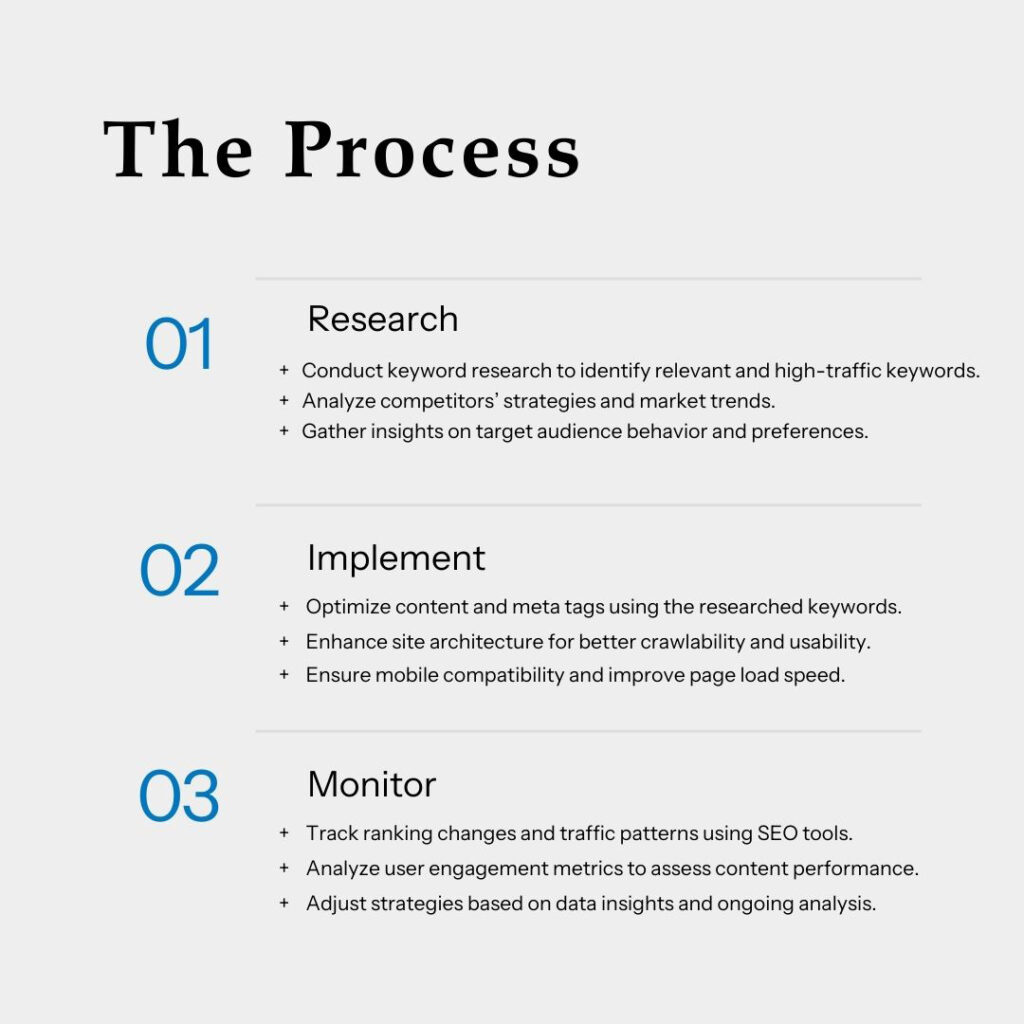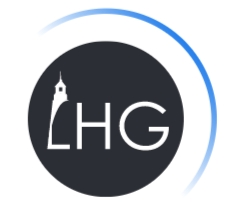




SEO friendly web design isn’t just a checkbox for digital marketers, it’s a strategic foundation for scalable business growth. In a world where visibility directly impacts revenue, how your website is built determines how easily search engines can find, understand, and rank your content. But this goes beyond technical tweaks. A truly optimized design improves user experience, reduces bounce rates, and turns casual visitors into qualified leads, before a single paid ad ever runs.
For CEOs and marketing leaders who’ve already invested in SEO or content marketing, this article offers a deeper lens: why integrating SEO at the design stage, not after launch, is the most cost-effective way to future-proof your digital presence. If your site looks great but doesn’t perform, the problem might not be the message—it could be the architecture.
Let’s break down what makes a website not just functional, but findable, and how that difference can redefine your growth trajectory.
Most modern businesses already know that SEO helps them get found—but fewer realize that SEO friendly web design is what determines whether their efforts actually convert. It’s not just about optimizing for keywords or installing plugins after the fact. When SEO is baked into the way your site is architected, it becomes a growth engine, not just a marketing tactic.


Speed is a top ranking factor. Sites that load slowly on any device—especially mobile—get penalized in search results and abandoned by users.
Google prioritizes mobile-first indexing, so your site must:
Pro tip: Use SEO tools like Google PageSpeed Insights to evaluate your site’s performance.
Search engines scan your content’s framework as much as the content itself. That includes:
When structured correctly, your content is easier to understand—by both users and crawlers.
Sites should be designed with a logical hierarchy and clear linking strategy. Use:
Without this, pages may exist—but remain invisible.
SEO-friendly web design includes regular audits. Tools like:
These help identify crawl errors, missing tags, duplicate content, and opportunities for optimization.
Together, these elements form the core of an SEO optimized website—one that performs just as well for Google as it does for your ideal customers.
If your URL structure is confusing, repetitive, or overly complex, search engines struggle to understand your content hierarchy. Worse, users won’t know where they are or where to go next—hurting both UX and SEO.
Slow loading speed is another killer. Whether it’s large image files or unoptimized scripts, every extra second drives users (and rankings) away.
End result: less organic traffic, even if you’re investing in content or paid campaigns.
A high bounce rate often reflects a deeper design flaw—poor navigation, irrelevant content structure, or slow performance. Search engines pick up on this. If users land on your page and leave quickly, Google assumes the page didn’t deliver value.
That bounce tells Google: “Don’t rank this page as high next time.”

"*" indicates required fields
